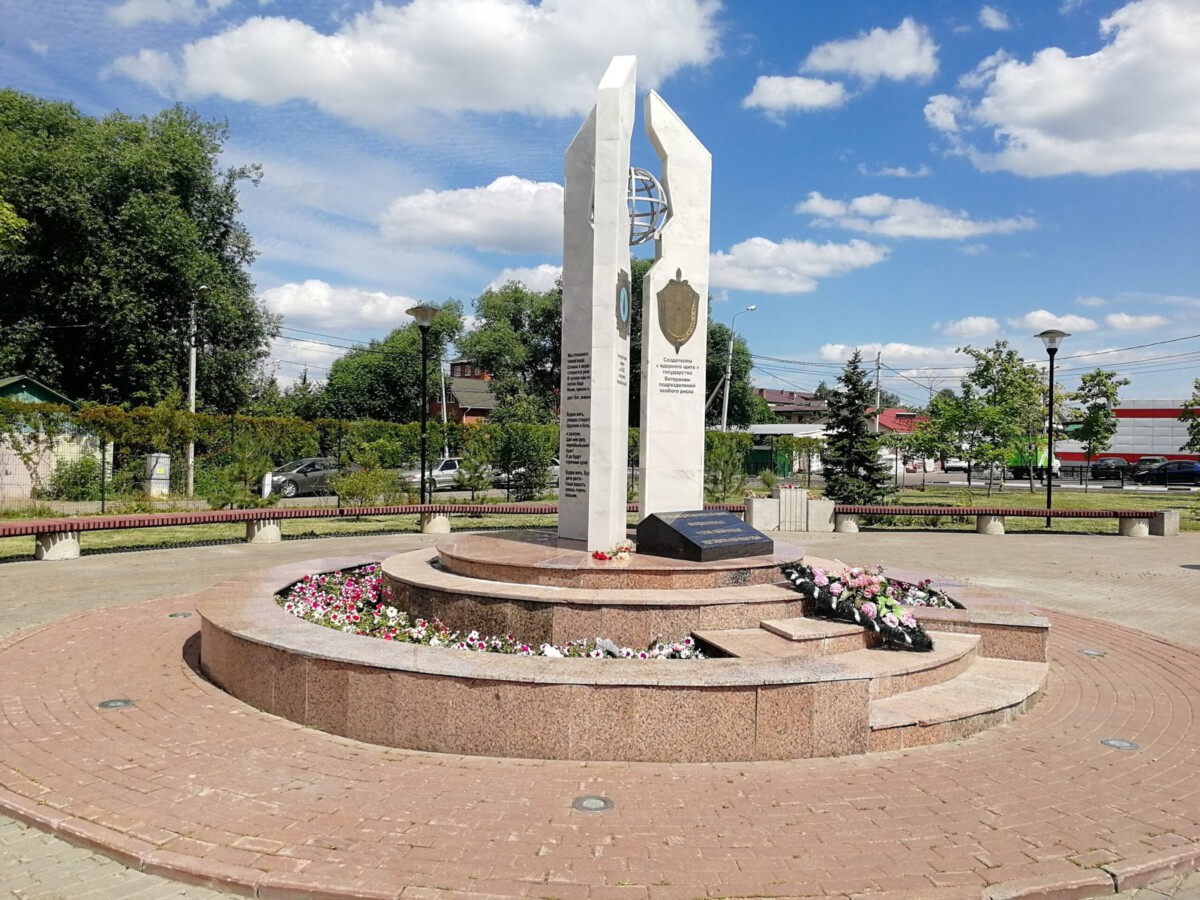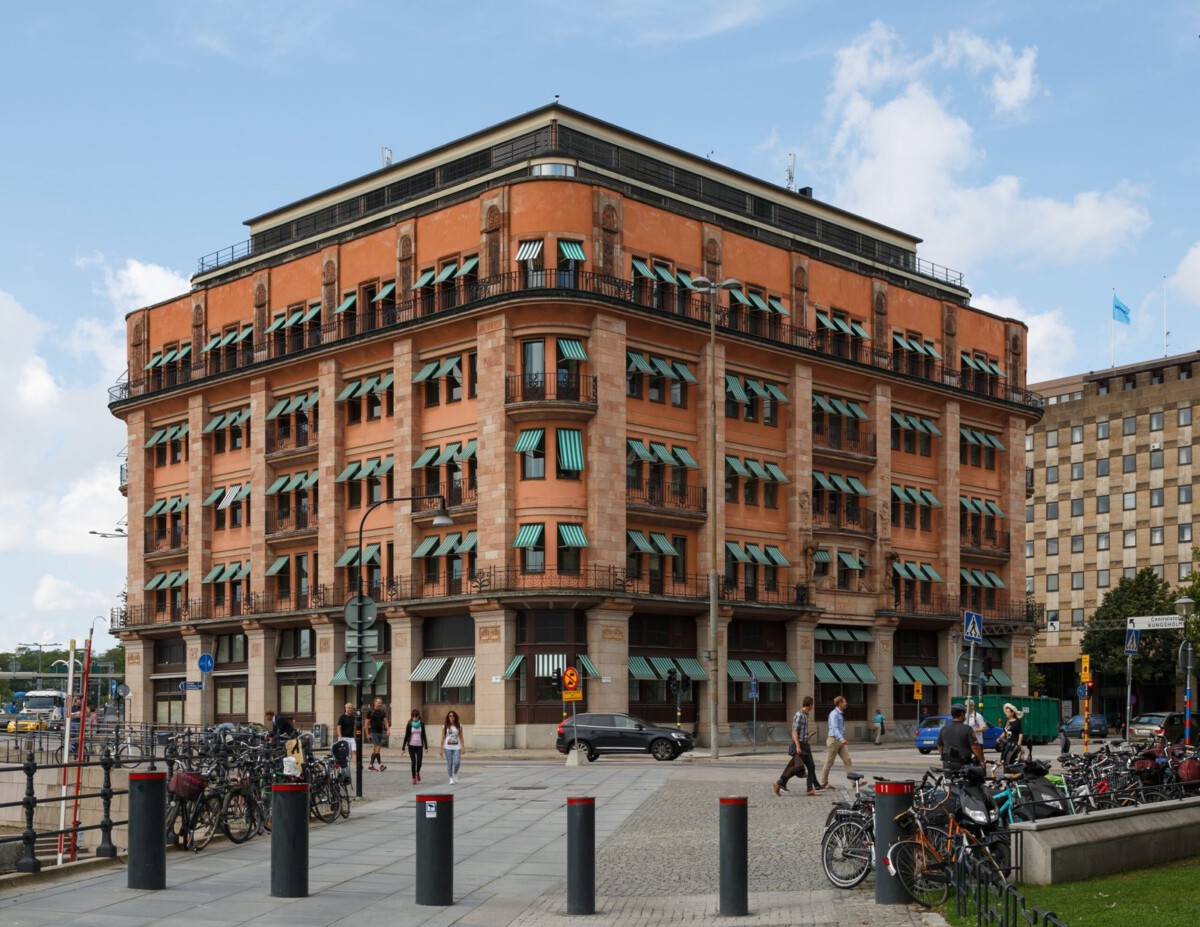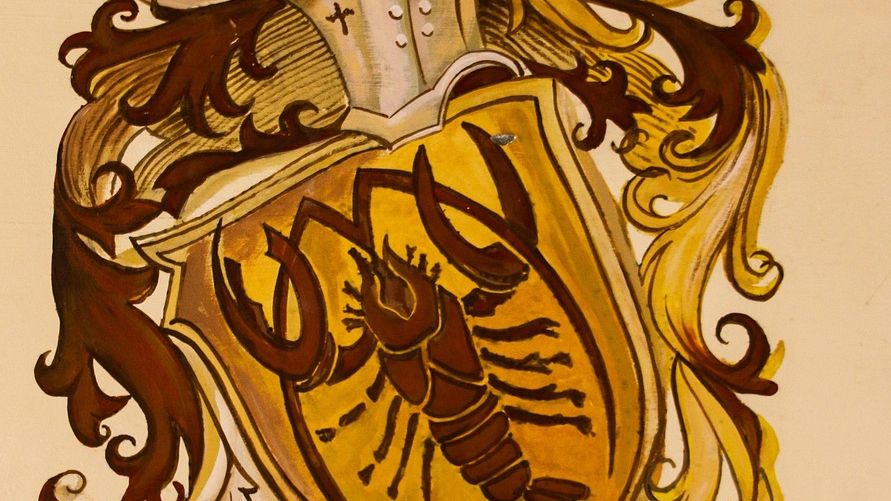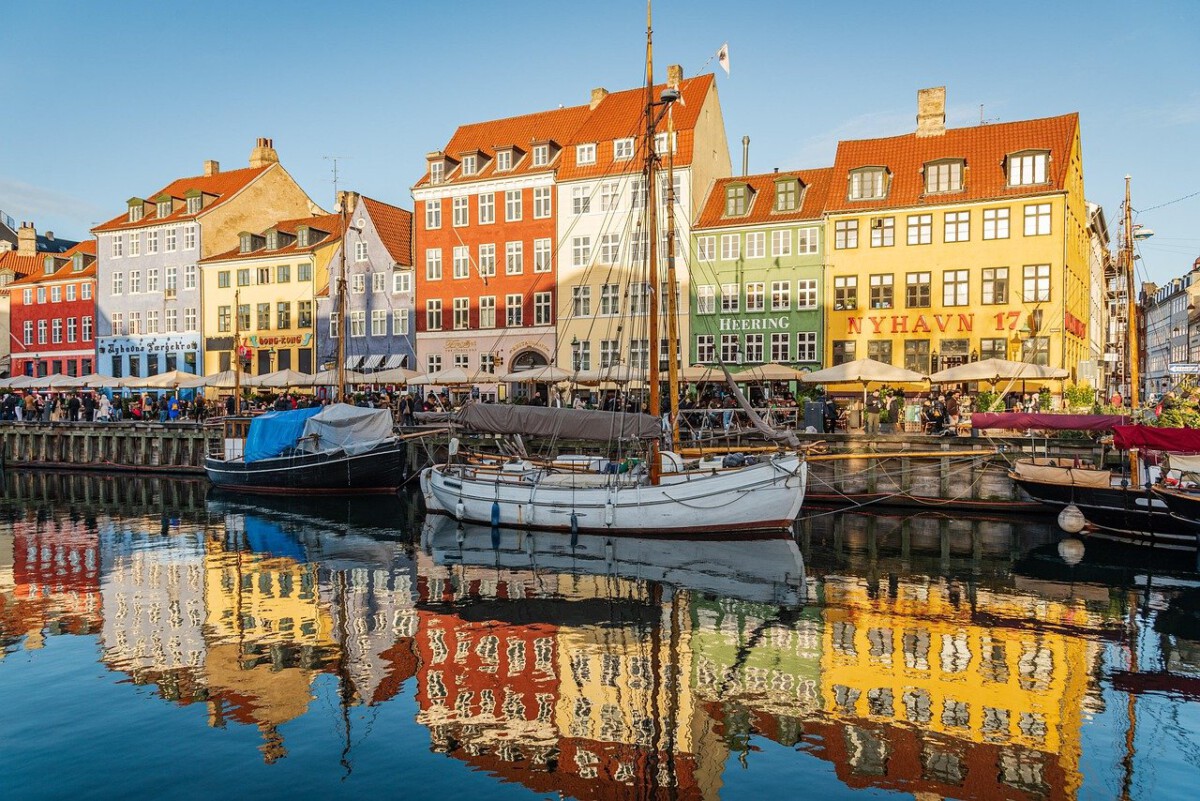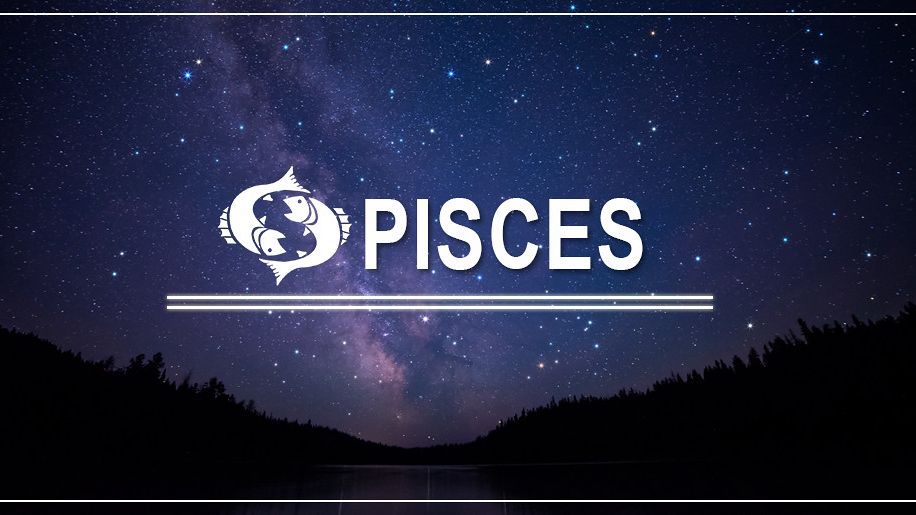The Exclusion Zone: A Land Frozen in Time

Stepping into the Chernobyl Exclusion Zone is like walking into a world where time stopped in April 1986. The zone covers about 1,000 square miles, stretching across northern Ukraine and even into neighboring Belarus. The Ukrainian government strictly controls access, dividing the area into zones based on radiation levels. Only a handful of people, mostly elderly residents known as “self-settlers,” have chosen to return to their homes, living off the land despite warnings. As of 2024, authorities have opened up parts of the zone for guided tours, allowing curious visitors to witness the haunting aftermath firsthand. The land is littered with signs warning of radiation, and checkpoints remind everyone of the invisible danger that lingers. The zone remains a stark reminder of the disaster’s magnitude and the shadow it still casts over the region.
Nature’s Comeback: Wildlife Thrives in Silence

Against all odds, nature has reclaimed much of what humans abandoned. Forests have swallowed roads and buildings, while wild animals roam freely through empty towns. Packs of wolves, herds of wild boar, and elusive lynx have all been spotted, along with rare European bison and even Przewalski’s horses, which were introduced in the 1990s. Birdsong fills the air where once there was noise from bustling factories and families. According to a 2021 study in “Environmental Research Letters,” many animal populations are thriving, possibly because the absence of humans outweighs the danger of radiation. Trees push through cracked pavement, and moss creeps over playground swings, erasing human footprints. The zone has become an unexpected haven for wildlife, a living experiment in how nature can adapt and even flourish after catastrophe.
Pripyat: The Ghost Town That Stands Still

Pripyat, once a vibrant city of nearly 50,000 people, is now a chilling monument to abandonment. The city was evacuated in just a few hours after the disaster, leaving behind schools with half-finished lessons, hospitals filled with medical supplies, and homes with personal belongings untouched. The famous Ferris wheel, meant to open for May Day celebrations, stands rusted and unused, a symbol of lost innocence. Streets are eerily silent, lined with decaying apartment blocks and overgrown parks. Nature has invaded every corner, with tree roots bursting through floors and vines climbing up walls. Tourists walk carefully through these ruins, their footsteps echoing in the empty halls. The feeling is one of profound sadness, as if the city is holding its breath, waiting for the return of lives that will never come.
The Reactor: A Fortress Built on Fear

At the heart of the Exclusion Zone stands Reactor No. 4, the site of the world’s worst nuclear disaster. The original concrete sarcophagus, built in haste after the explosion, was replaced in 2016 by the New Safe Confinement. This colossal steel arch, taller than the Statue of Liberty and weighing over 36,000 tons, now encases the ruined reactor, preventing radioactive dust from escaping. Workers monitor the structure daily, ensuring that the threat remains contained. Projects are underway to dismantle the reactor inside, a task that could take decades. Standing before this fortress, visitors feel the weight of history and the urgency of the lessons it still teaches. The new containment is a feat of engineering, but it is also a constant reminder of the danger that remains just beneath its steel skin.
Radiation: The Unseen Enemy

Radiation levels in the Exclusion Zone are far from uniform. Some areas, like the Red Forest near the reactor, still register readings more than 100 times above normal background levels, according to the State Nuclear Regulatory Inspectorate of Ukraine. Other spots, especially those visited by tourists, have much lower levels, considered safe for brief exposure. Tourists and workers alike are equipped with dosimeters to track their exposure, and strict limits are set to minimize health risks. Warning signs dot the landscape, marking invisible hotspots where radiation remains deadly. Despite the passage of nearly four decades, the threat is ever-present, invisible but no less real. The randomness of contamination means that even a few meters can make a world of difference in safety.
Human Health: A Legacy of Suffering

The human cost of Chernobyl is staggering. The World Health Organization estimates that thousands will eventually die from radiation-induced illnesses, especially thyroid cancer caused by radioactive iodine exposure. Children were particularly vulnerable, with many developing cancers in the years following the accident. Mental health repercussions have been severe, with survivors experiencing anxiety, depression, and post-traumatic stress. For many, the fear of unseen dangers is as damaging as the radiation itself. Decades later, research continues into the long-term impacts, with some studies suggesting genetic changes in both humans and animals. Medical teams still monitor the health of those who lived through the disaster, and new cases are tracked with vigilance. The scars left by Chernobyl are deep and will likely last for generations.
Tourism: A Surreal Attraction

Chernobyl has become an unlikely tourist magnet, drawing more than 100,000 visitors a year before the recent conflicts in Ukraine. Guided tours allow people to stand in abandoned schools, visit the reactor’s shadow, and take photos by the iconic Ferris wheel. For many, the experience is surreal—equal parts history lesson and post-apocalyptic adventure. Tour operators enforce strict safety protocols, limiting time in high-radiation areas and requiring protective clothing in certain zones. The influx of visitors brings economic benefits to the region, supporting local guides and businesses. However, some worry that the growing tourism could disturb the fragile ecosystem and disrespect the memory of those who suffered. The Ukrainian government faces the challenge of balancing preservation, education, and economic opportunity.
Art, Literature, and the Memory of Disaster

Chernobyl’s legacy has been immortalized in art, literature, and film. Svetlana Alexievich’s “Voices from Chernobyl” presents heartbreaking testimonies from survivors, capturing the emotional devastation in their own words. The HBO miniseries “Chernobyl” brought renewed global attention, sparking discussions about nuclear safety and responsibility. Countless photographers document the haunting beauty of the abandoned zone, their images both stunning and sorrowful. Musicians, poets, and visual artists continue to draw inspiration from the disaster, turning tragedy into powerful expressions of loss and warning. These creative works help ensure that Chernobyl is not forgotten, keeping its lessons alive for future generations.
Science and Research: Learning from the Past

Chernobyl today is a living laboratory for scientists studying the effects of radiation on ecosystems, genetics, and human health. Research teams from around the world conduct long-term studies on plants, animals, and microorganisms, hoping to unlock the secrets of survival and adaptation. The zone provides unique insights into how nature rebounds after human absence, as well as the lasting dangers of nuclear contamination. Ukrainian authorities are considering new uses for the land, including solar energy projects and further scientific research. International collaborations continue to monitor the site, ensuring that progress and safety go hand in hand. The knowledge gained from Chernobyl shapes nuclear policy and disaster preparedness across the globe.
Remembrance and Renewal: Looking to the Future

Monuments and memorials throughout the Exclusion Zone honor the bravery of those who responded to the disaster and the lives lost as a result. Annual commemorations bring together survivors, families, and officials to reflect on the tragedy and its lessons. Plans have been proposed to transform parts of the zone into a center for renewable energy, signaling hope for new beginnings. The story of Chernobyl is not just one of destruction, but of resilience and determination to build a safer future. The Exclusion Zone stands as both a graveyard and a classroom, its silence filled with memories and warnings for the world.

